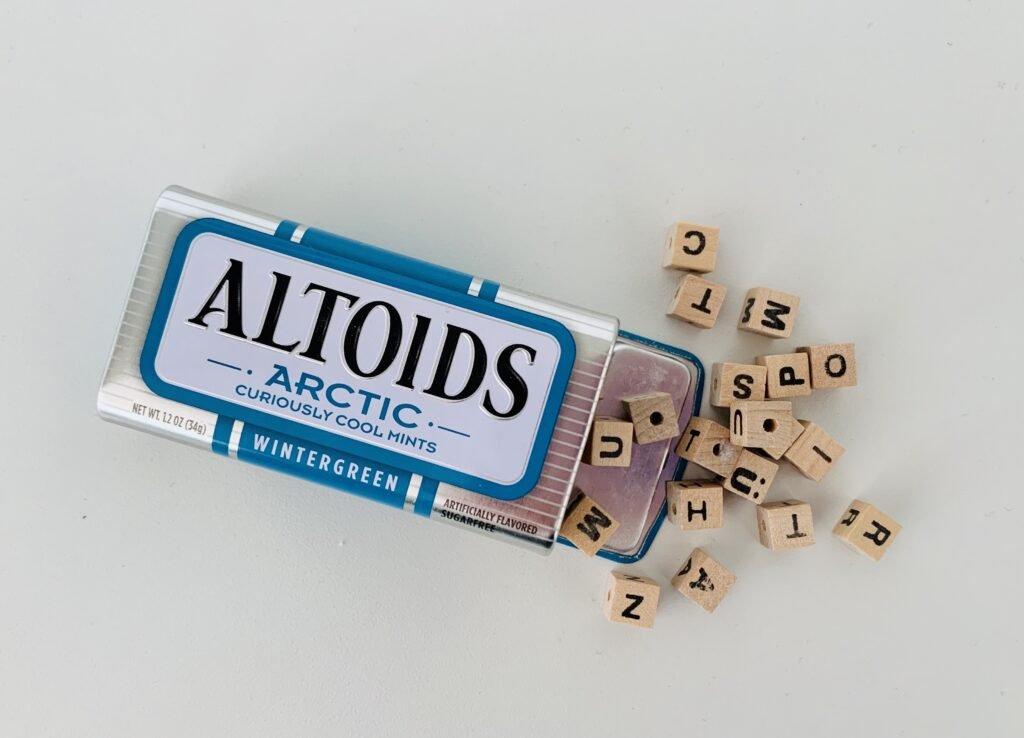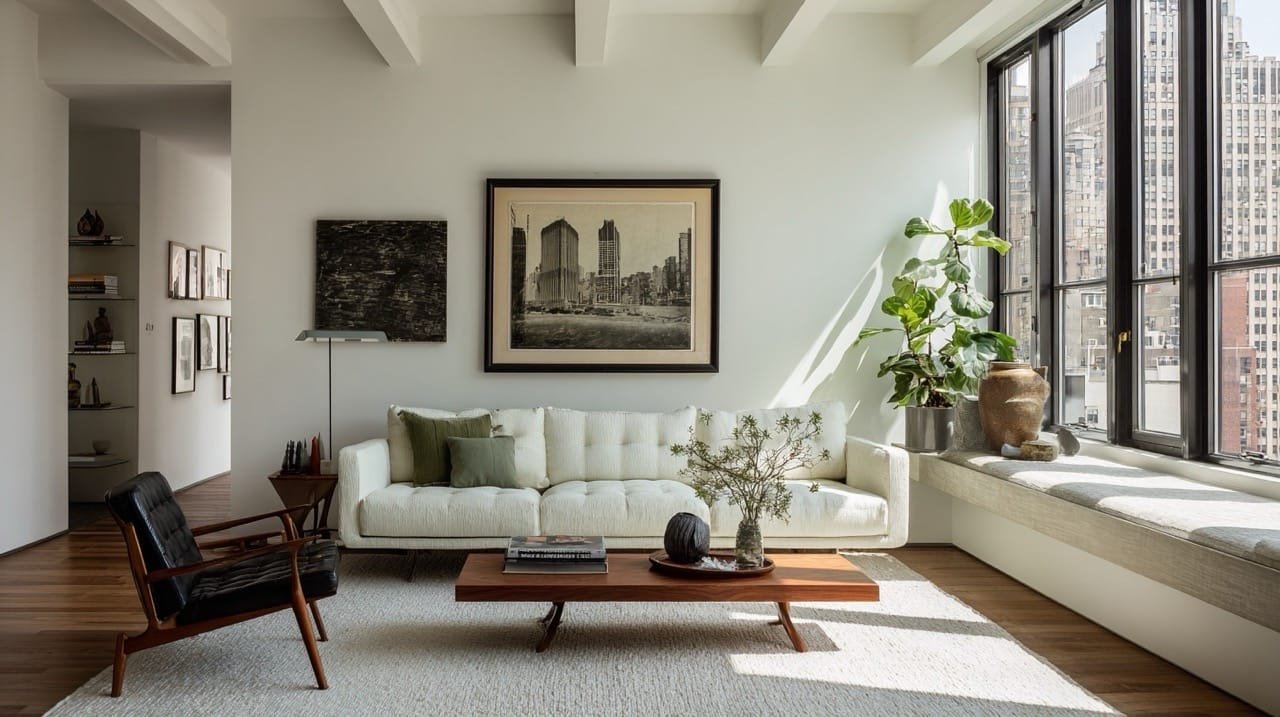If you draw, paint, knit, do analogue photography, origami or paper arts, sew, scrapbook or have any other creative pursuit that requires supplies, then you know how much fun it is to accumulate a stash of arts and crafts stuff. For some people, shopping for an extensive range of hobby supplies might even be the actual hobby! When should you start thinking about decluttering art supplies though?
Art and craft supplies rapidly pile up and pretty soon, you can have a hard time finding what you need for the project you’re working on. Or if you do find what you need, you discover it’s all dried out or faded, or expired, and you can’t use it. Another problem with hobby and art supplies is falling into the trap of the “might need this someday” mindset. This causes us to hoard things out of aspiration.
What Are the Benefits of Decluttering Art Supplies?
- It is easier to find what you need for specific projects, and keep track of what you need to replace soon.
- You need less space if you only keep what you really need and use. This means more physical space for you to work on your art and craft projects in.
- Having less is easier to sort through and organise.
- You will create less waste if you have less. Your supplies won’t dry up and go bad because you forget you had them.
- You’ll save money because you’ll be rotating your stash of supplies so nothing goes unused. Plus you’ll have a better overview of what you actually use for your art and might need to replenish.
When Should You Declutter Art Supplies?
Anytime is a good time, but especially when you’re feeling overwhelmed by your inventory of supplies, or can never find what you need, or keep stumbling upon stuff you forgot about or that’s dried up. That could be a clear sign that you could benefit from putting a more pared-down, organised system in place.
Think of your stash as part of your home inventory. You want to know what you have and be able to readily grab it when you get an idea and those creative juices start flowing.
Once you have an organisational system in place you’re happy with, it’s a good idea to do a proper declutter session at least once a year if you actively pursue your craft, especially if you work with wet mediums like acrylics.
Applying the Konmari Method to Your Hobby Gear
So what’s the best way to tackle decluttering art supplies? I’m not always in favour of the Konmari method as it can be stressful and create quite a mess. In the case of art, craft and hobby supplies, however, it’s a great approach. It’s also easy to implement. Here is how I’ve applied it to my own art supply decluttering, and how you can, too.

7 Steps to Declutter Arts ‘n Crafts Supplies
- Grab one bin or box, and one garbage bag.
- Gather ALL the supplies of the same category, for example all markers, all oil paints, all balls of yarn, etc. Only work with one category at a time. But really lay out ALL of your stuff in that category. Don’t skip this step!
- The infamous Konmari guiding principle of “does it spark joy” isn’t really applicable to art and craft supplies. All of the supplies spark joy, but in a way far different than, say, a favourite t-shirt or 7″ single. It’s more of an aspirational, creative-joy spark. And that’s probably why we tend to hoard art supplies and hobby gear. So when decluttering your stash, it’s helpful to think along the lines of these three things while sorting through every single item of your one category at a time. Pick up each item from your selected category and ask yourself:
- Is this item still ok, or is it dried up or broken?
- Is this a medium I still work in? Do I still need this item for the art or crafts I do nowadays, or is this item from something I no longer pursue?
- Is this item nearly empty? Will I use it up? Will I need to replace it?
- Put anything broken, worn down, or simply unusable in the garbage bag.
- Set aside anything you longer need or use, but is still good, in the bin or box.
- Put aside everything you’re keeping so you can organise it in your hobby corner or studio.
- Double check whether you really want to keep any duplicates you found in the previous step. Do you need to hang on to five empty pads for watercolours when you never work in watercolour? A local kids’ charity might love it if you donated them. Or if you discovered multiple tubes of unopened royal blue acrylic, you’ll want to plan on incorporating blue in your next painting, or give away those extra tubes lest they dry out.

READING TIP
There’s a great article over on The Homes I Have Made which covers why it’s imperative to really gather ALL of your supplies in Step #2 above. Check it out!
There’s also an interesting read about why artists tend to hoard art supplies over on Emily Keating Snyder’s blog, with tips for creating a more minimalist studio space.
What to Do with Decluttered Art Supplies
- Dispose of everything that went into your garbage bag in Step 4 above. Please remember to sort according to your municipality’s recycling regulations! You don’t want to be throwing out oil paints and turpentine in the regular wastebin, as they’re an environmental hazard.
- For everything that was still good in Step 5, but you no longer need or want to keep: gifting or donating is a great idea. Your local schools, kindergartens, adult edu centres, elderly communities, women’s and immigrants’ homes might be in need of art and craft supplies. Have a look around online or make some calls to see what these places in your area need!
- Don’t forget you can also give things away via the classifieds in your region. If you need some ideas, check out my post on what to do with stuff you no longer want. I’m always impressed by how quickly folks come fetch any free stuff listed on the classifieds.
- If you also sorted out items which are new or near-new in Step 5 above, but you’ll never need, you can re-sell them on eBay, Etsy, etc. Nothing wrong with making back some pocket cash!
- Now assess everything else you’re keeping from Steps 6 and 7 above. Do you have suitable storage options to organise it all?
Storage Solutions for Organising Art and Craft Supplies
Regardless of whether you pursue your art or hobby in a dedicated studio space, extra bedroom, or just a tiny corner of your sitting room, there is an abundance of storage and organisation solutions available.
I would always recommend utilising whatever you have already, as previously discussed in my post on buying new stuff. You can repurpose empty gift boxes to house paints, film, thread, and ink pads. Spare trays from the kitchen or bath can be used to sort paintbrushes, tools, and rubber stamp dyes.
If you do scrapbooking, empty Altoid tins are very useful for storing tiny embellishments like beads, glitter, confetti and the like.

If you really do need some new storage units to organise what you’re definitely keeping, there are a ton of options at Muji, Ikea, Amazon, or the Euro/Dollar Store. I would always recommend sticking with one type of style so that your space looks tidier.
I had a look around Amazon and found some useful art and craft supply storage units and organisers such as these bamboo caddies for pens, markers, pencils, brushes:
Rolling carts are great for painters, studio photographers, and anyone who needs to move around while working on larger projects:
A minimal chest of drawers also works well in most spaces for variety of supplies. These are great for storing paints, rubber stamps, film and foil, paper, anything really:
If you’re a painter, these wooden paint and brush storage units for artists are also good for reining in your stash:
Portable caddies for brushes, pens, markers, pencils and other tools are practical, too. You can grab your caddy in the warmer months, for example, and go get creative on the balcony or patio:
Wooden rolling carts are another great option if you work with paint or just want to roll your supplies around:
There are also lots of useful storage options out there for scrapbooking and paper arts. These make it easier to keep your decorative papers clean and easier to find:
How to Maintain a Tidy Art Space
So now your studio or hobby corner looks super organised and tidy. Finally you can find everything again within easy reach! How do you keep it like this?
The best way is probably to get into the habit of putting stuff back in its place when you’re done with it. Creative genius does tend to err on the side of messy, however, and some ongoing projects cannot be packed away before completion. This is where those rolling carts can really come in handy, particularly for painters. You can do a partial tidy-up at the end of your session, roll the cart to the side, and have all your brushes, paints, and utensils ready to go the next day.
If you only have a small space to work in such as the corner of a room, you’ll likely find it best to only work on one project at a time. This will prevent a mountain of clutter piling up out in open sight.
Regularly taking stock of what you have, what you need to use up first, and what you’ll need to buy replacements for are also all good ideas.
This makes it easy for you to plan your next shopping trip to the arts and crafts store. In turn, you’ll be able to avoid buying duplicates or falling into that “I might need it someday” trap. Try to only purchase the tools and supplies for the actual project you are working on or are planning.
I hope you found this post useful next time you’re decluttering art supplies. You might find the process rather enjoyable!
If you stay on top of keeping the art supplies organised by doing an annual declutter burst, you may very well discover that you’ll have more creative inspiration and energy for your art projects all year round.






























Leave a Reply